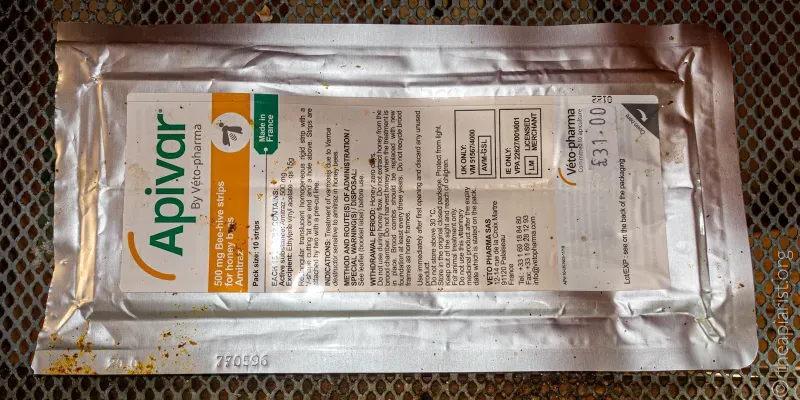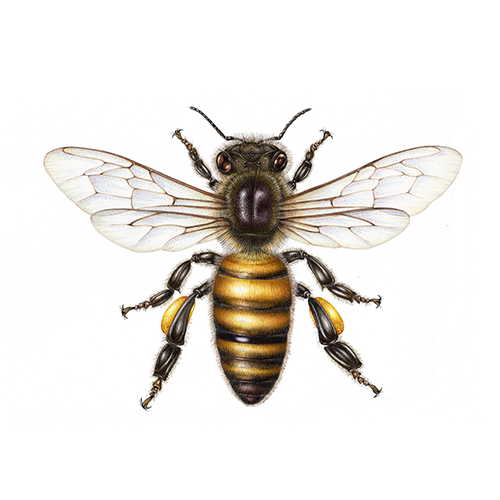Apivar advice

The first posts appeared in The Apiarist almost 13 years ago. Over that time the readership has grown significantly, and posts have gradually accumulated … for the last 5+ years on a weekly basis. At the end of most seasons I summarise what's been popular, potentially focusing attention on some older material that may have been missed by recent subscribers.
For the rest of the year I don't take a lot of notice of page views; these fluctuate with the beekeeping season in the Northern Hemisphere (where >80% of readers live), increasing in spring, then falling away in late summer.
However, within this overall level of activity, individual posts exhibit their own annual cycles — methods of swarm control are (unsurprisingly) popular in late spring, while those on feeding and miticide treatment head the monthly rankings about now.
Apiguard advice
And top over the last few weeks — by a comfortable margin — has been Apiguard advice, a post on using Apiguard for Varroa control.

In it, I tried to emphasise that Apiguard only works well when used properly, and that involves understanding the limitations that the temperature-dependence of the miticide impose on treatment. If the temperature is too low it will not work effectively.
I also tried to make that post a 'one-stop shop', covering most of the points relevant to successful treatment; toxicity, mode of action, resistance etc.
It's now too cold to use Apiguard successfully here in Scotland, so I thought I'd give Apivar — a different sort of miticide entirely — the same 'one-stop shop' treatment, conveniently using a similarly alliterative title {{1}}.
I'm going to focus on the practical aspects of using Apivar for Varroa control in this post. I dealt with the science of Apivar resistance a little over year ago, so will refer you to that for the juicier details (which you don't need to use the miticide, but is an issue if you misuse it).

A post on Apivar in mid-September is timely … subscribers of The Apiarist have increased ~30% since I last discussed it and, despite the improvements to the indexing, older posts often languish unread and unloved in the dusty digital archives.
Why not become a sponsor?
Sponsors receive weekly posts on bees and beekeeping, at least 50% of which are for sponsors only. Sponsorship costs less than a coffee and a slice of flapjack a month … or less for an annual membership.
What's more, it's a topic that's fresh in my mind as all my hives currently contain Apivar strips.
So, without further ado …
